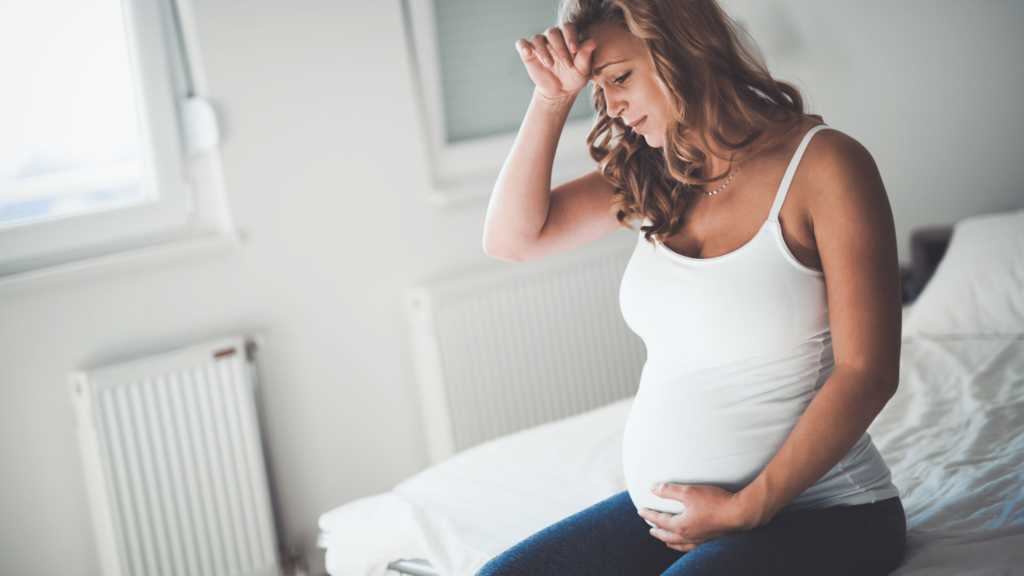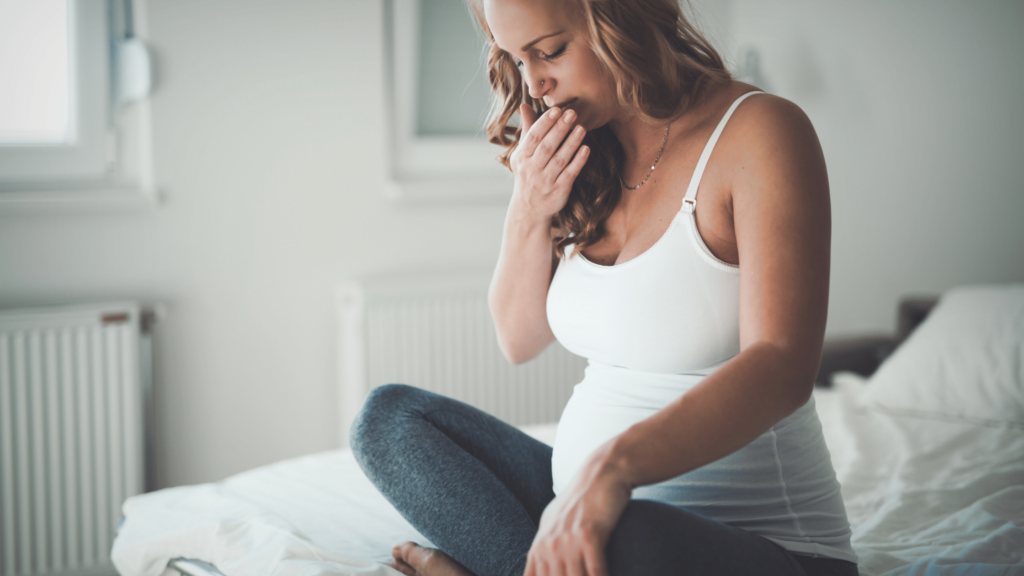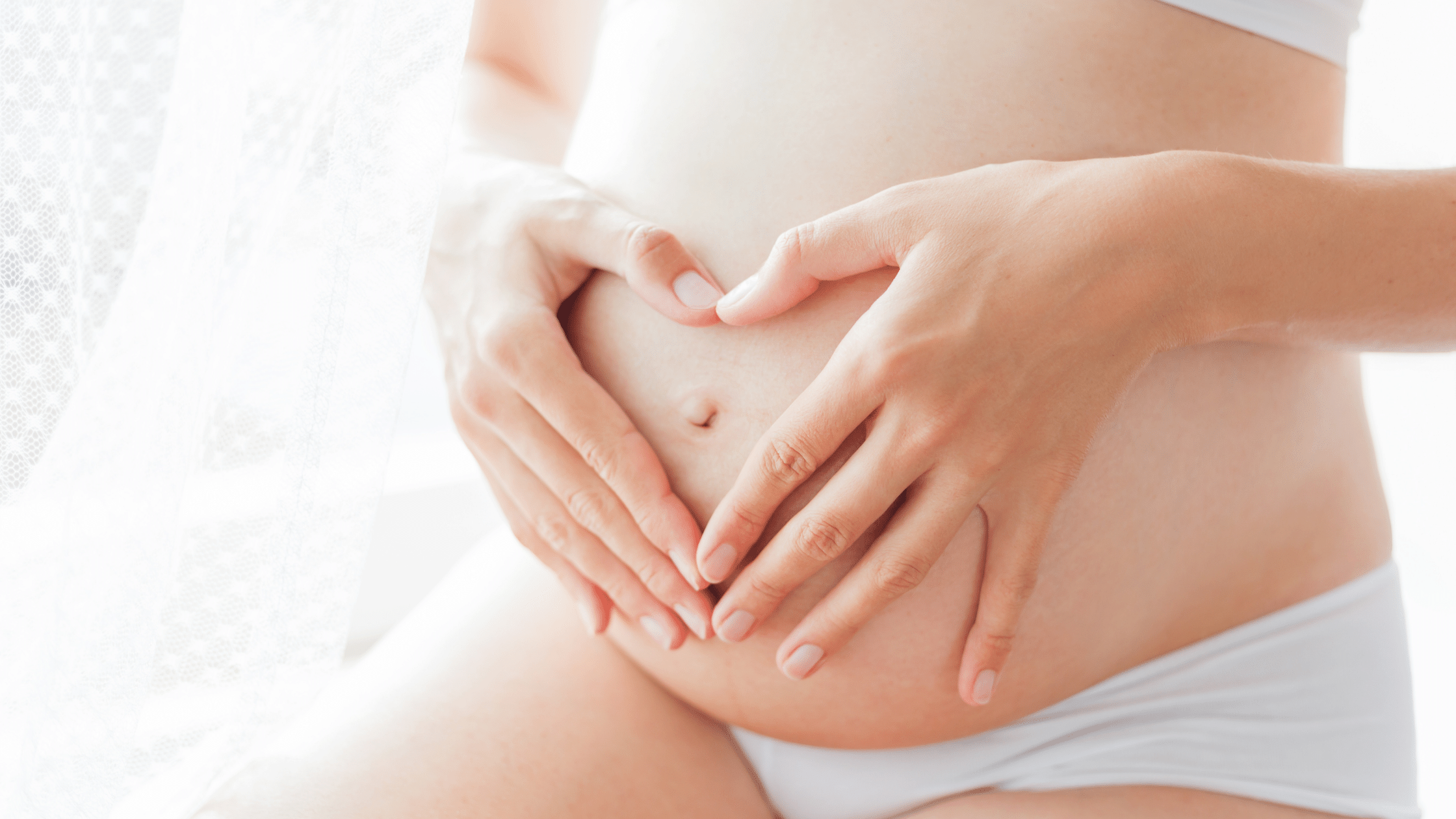Here is our guide on pregnancy cramps – what’s normal, what’s a source of concern, and how to tell the two apart.
Cramps are normal parts and parcels of pregnancy and are likely to occur throughout all trimesters. Women often get worried about cramping during pregnancy and wonder if it’s a sign of miscarriage. The good news is – most pregnancy cramps aren’t dangerous as long as the pain isn’t alarming, persistent, one-sided, or accompanied by spotting (bleeding). Also, cramping in itself is not generally a sign of miscarriage, and neither does it lead to miscarriage. Miscarriage is caused by an unusual growth in the egg or embryo, in which the body responds to by terminating the pregnancy.
When Your Cramps are Normal

The first cramps may come as you first discover you are pregnant. Also known as implantation cramping, it can feel like the onset of a period as the fertilized egg implants itself on the uterine wall.
In the first trimester, your uterus will begin to expand and this may cause mild to moderate cramping in your lower back. The sensation may be similar to period cramps. This is because the uterus is a muscle, and when it contracts, it may feel like a cramp. Another explanation could be the Braxton Hicks contractions, where your cramps are actually practising contractions that can start as early as the second trimester. These contractions are more uncomfortable rather painful, last for roughly 30 to 60 seconds, are irregular and tend to stop entirely on its own. It is not a cause for concern. Over the next two trimesters, it is normal to feel mild cramps once in a while as your body continues to grow. Especially in your third trimester, you will begin to feel more pressure and cramping in your pelvis as your baby is growing very large by now. Changing positions and lying down on your side may ease your discomfort.
Pregnant women tend to feel pain on one side of the abdomen. This is not a cramp, but simply the ligaments around your belly stretching itself. The pain usually lasts a few seconds and is perfectly harmless.
If you get cramps, but a trip to the toilet or passing gas gives your relief, this means the cramps are likely caused by gas, bloating, indigestion or a full bladder, which are commonly experienced by expecting mothers.
As much as your cramps may be normal, do bring it up at your next prenatal appointment as your doctor may be able to pinpoint the issue and offer practical solutions.
When Your Cramps are Abnormal

In the third trimester, frequent cramping is generally not considered normal. If you are experiencing 6 or more contractions within an hour, you should speak to your doctor to rule out premature labour. Other symptoms of premature labour include back pain, pressure in the pelvic region, spotting and leakage of fluids from the vagina.
However, when you start to notice bleeding, sharp pain and dizziness accompanying cramps, you should beware as it could be a sign of miscarriage or ectopic pregnancy. An ectopic pregnancy is when the fertilized egg does not enter your uterus but stays in the fallopian tubes. In serious cases, it may attach itself to one of your ovaries, cervix or even abdomen. However, it is a rare condition that only occurs in 1% to 2% of pregnancies.
Bleeding can also be a sign of miscarriage or placenta previa, a condition where the placenta detaches from the uterus wall and covers the cervix. This could lead to excessive bleeding during childbirth that seriously affects you and your baby’s health. Placenta previa occurs in 1 out of 200 pregnancies. While uncommon, women who have had C-section, an abortion, or previous uterine surgery are at an increased risk of getting placenta previa.
Another cause for concern is one-sided pain or cramps, which may be linked to preeclampsia. Preeclampsia is a pregnancy complication where the mother has high blood pressure, protein in urine and swelling around the legs and hands. It usually happens after the 20th week of pregnancy and may cause pain in the upper right area of your abdomen. Around 5% of expecting mothers have preeclampsia. Preeclampsia can lead to eclampsia, a severe condition that results in seizures and poses a serious health risk to mother and baby.
For the most part, cramps tend to go away on its own when you get enough rest. The best way to manage cramps is to lie down, get plenty of rest and make yourself comfortable. However, if you feel your cramps are not getting better over time, it would be wise to talk to your doctor immediately. It is better to be safe than ignore an issue that may turn out to be a serious concern!


